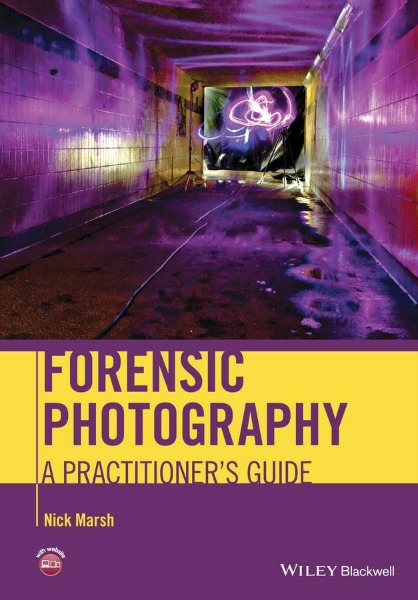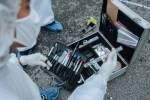Forensic Photography
Forensic photography (also known as forensic imaging or crime scene photography) relates to photography that is undetaken within a legal context, for example; providing an accurate visual record of an accident or crime scene.
In the process of aiding an investigation and/or legal proceedings in court, forensic photographers are called upon to photograph a wide range of subjects. These include:
- Crime Scenes.
- Gunshot Wounds.
- Bitemarks.
- Weapons.
- Trace Evidence.
- Autopsy Procedures.
Less obvious but equally important photographic protocols include taking pictures of mail and newspapers to help establish date of death and photographs taken from the perspective of witnesses at the time of the crime etc.
Want To Study Forensics/CSI?
The Forensic Photographer
Brilliant insight into the work of the forensic photographer.
Essential Reading
Forensic-photography plays a vitally important part in the investigation of crime and the subsequent administration of justice. Written by a practitioner with many years professional experience, this book provides an overview of the most common forensic-photography techniques in use today for those readers who may not have a detailed understanding of camera techniques and who need to get to grips with the use of light and other key scientific aspects of the job. It covers image capture issues, file handling and relevant equipment, such as lasers and UV lights, and explores how they work.
The predominance of the digital camera has resulted in an increasing trend for police forces across the world to use untrained camera users, rather than expert photographers. Therefore, this book will prove invaluable for those practitioners who need to produce accurate and clear photographic evidence, above and beyond the point and shoot mode on their cameras.
See following link for full details.
Forensic-Photography: A Practitioner's Guide
Recent Articles
-
All About Forensic Science
Nov 12, 24 03:05 AM
A forensic science website designed to help anybody looking for detailed information and resources. -
The Role of Forensic Evidence in Criminal Defense Cases
Sep 05, 24 03:38 AM
Article exploring five key roles that forensic evidence plays in criminal defense cases -
The Evolving Role of Medical Science in Forensic Investigations
Aug 06, 24 03:35 AM
Insightful article exploring the critical role of medical science in forensic investigations.



New! Comments
Have your say about what you just read! Leave me a comment in the box below.